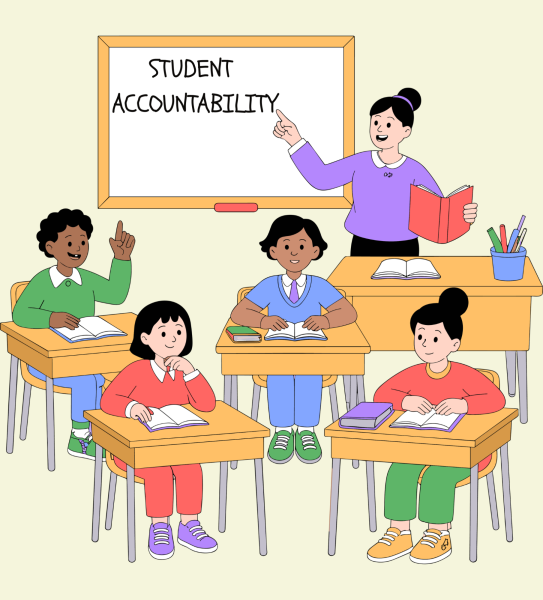Sexual assault in the U.S. is still too high
What is sexual assault? It’s forced sexual activity that the assaulted individual did not consent too.
It includes not only rape, but attempted rape, as well.
Did you know that one in five women in college has or will experience a type of sexual assault?
One in 16 men will experience this, as well.
Sexual harassment does not discriminate against age, gender or social wellbeing.
It can happen to you, your best friend or the guy you sit beside in class.
More than 90 percent of these attacks are undocumented and go unreported.
With the Clery Act, colleges are required to report all forms of crimes that take place on campus grounds.
The Clery Act was signed in 1990 to prevent more cases like Jeanne Clery’s from happening.
Jeanne, who was 19 years old, was raped and murdered in her dorm room at Lehigh University.
The act provides transparency around campus crime policies and statistics.
It requires colleges to understand what the law entitles, where the responsibilities lie and what they can do to keep their campus safe.
Some colleges actually make sexual harassment training courses mandatory if you work on campus, and some create public awareness to educate students on rape culture.
For example, last fall the University of Kansas took aim at a sexual assault myth with an exhibited titled, “What Were You Wearing?” It was named after a question that so many survivors of sexual assault are asked.
It was a kind of pop-up gallery that took a different view by showing what the survivors were wearing at the time of their attack. None of these outfits welcomed assault.
With each outfit, the viewers could also see a small story each survivor wrote. There were t-shirts and khakis, a bright red mini dress and a few child-sized sundresses.
This gallery of clothing showed that assault can happen at any time, on any occasion and to anyone.
Although the harassment rate has been cut in half since 1993, it is an issue that is still too common, and it is hardly dealt with enough punishment.
Rape is not part of the college experience, nor should it be an experience for anyone.
Most recently, 62 percent of female students and 61 percent of male students reported having been victims of this form of mistreatment, though the majority of these acts are not reported, because they believe there is no one they can trust to help with their situation.
Survivors of these assaults can face a large obstacle to break through the long-term and short-term effects of rape or attempted rape.
Physical wounds can consist of bruising, bleeding, intense soreness and broken or dislocated bones. They can even receive sexually transmitted diseases or infections.
Rape could possibly lead to an unwanted pregnancy. There are many mental and emotional wounds, as well.
Survivors often experience PTSD (Post-traumatic stress disorder) which includes flashbacks, nightmares, severe anxiety and uncontrollable thoughts with negative influences.
Just one touch on their shoulder could cause PTSD to come into action. They can experience feelings like depression with hopelessness and continuous sadness.
They might ask themselves, “Why did it happen to me?” or “What is wrong with me?” They might even blame themselves.
Anyone who has gone through a traumatic event like this needs to understand that it is never their fault.
Unchecked negative emotions could result in suicide or attempted suicide. There are support groups and help lines that can help guide anyone through this dark period by giving constant support and positive actions to show that they are not alone and they are important.
Rape recovery is possible, though it can be a time-consuming process that requires maximum effort. That’s why access to help and awareness campaigns like the one at the University of Kansas are so important. It might save a life.


